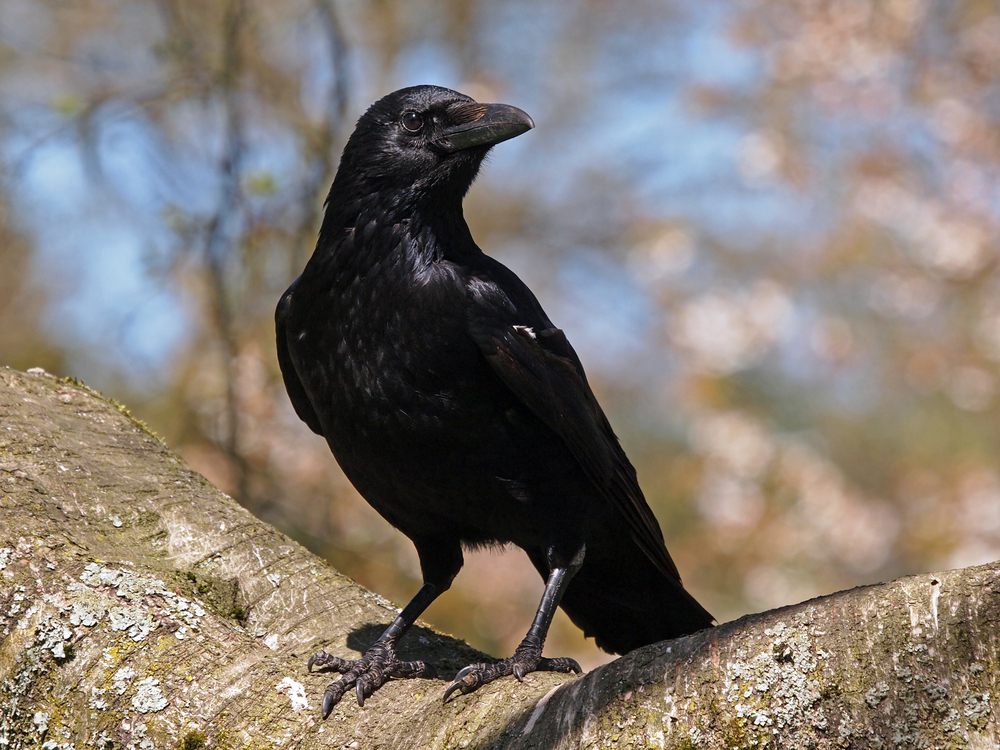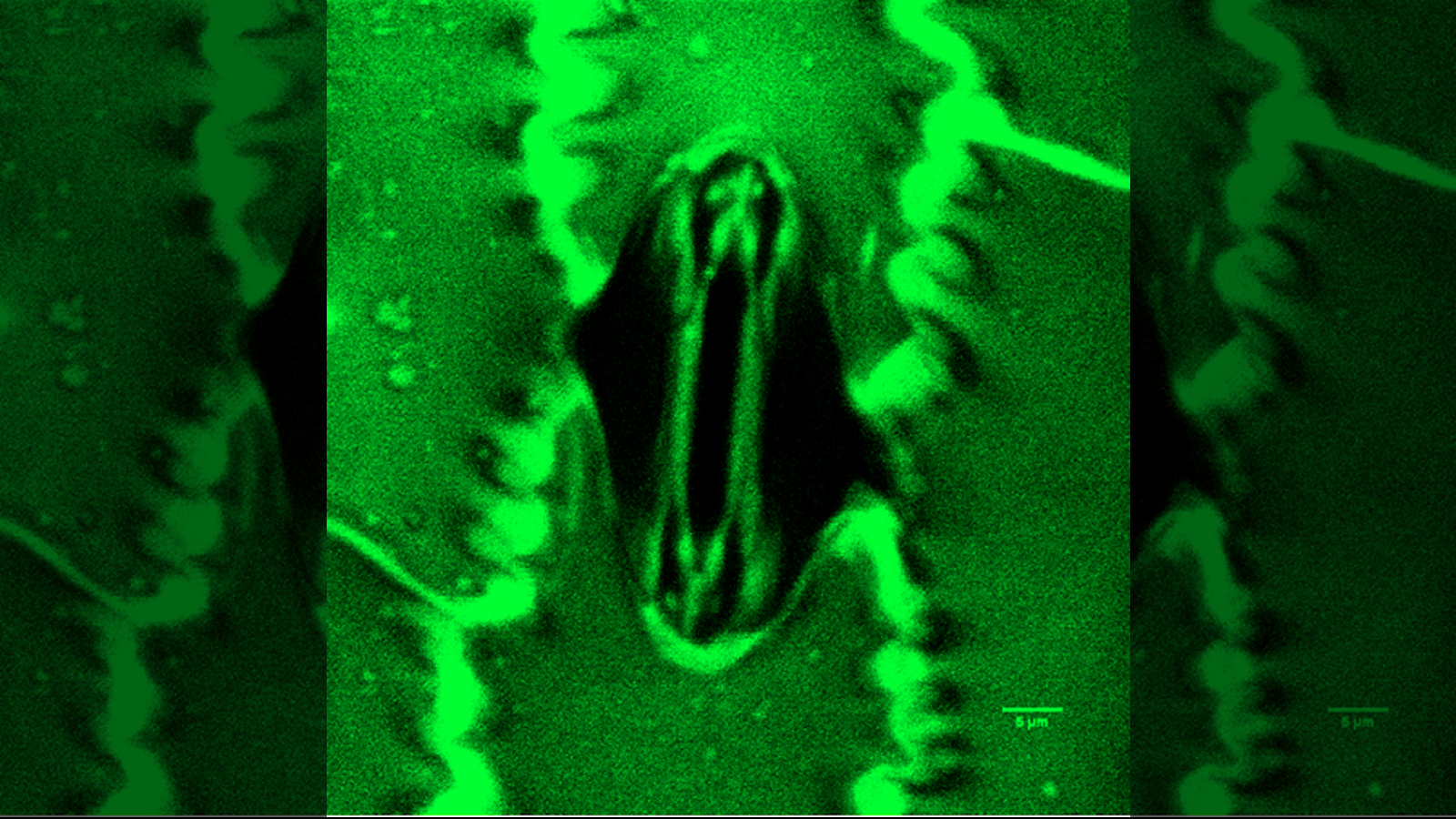
The next time someone calls you a "bird brain," you may want to plant a big, fat kiss on their overgrown primate noggin.
Inch for inch, birds cram more neurons into their pea-size brains than primates do, new research suggests.
"For a long time, having a 'bird brain' was considered to be a bad thing: Now, it turns out that it should be a compliment," Suzana Herculano-Houzel, a neuroscientist at Vanderbilt University in Tennessee, said in a statement.
That may explain how the feathery fliers are able to ace so many intelligence tests, the authors speculated. [The 5 Smartest Non-Primates on the Planet]
Brain size matters
Early on, the scientific mantra when it came to animal intelligence was that size matters: The bigger the brain, the brainier the species. However, that notion had some gargantuan flaws, as elephants and whales have much bigger brains than humans, yet few scientists believed those animals were smarter than humans. Others attempted to explain animal intelligence in terms of the ratio of brain to body size. But this measure didn't track perfectly with animal intelligence, either, as studies have demonstrated.
The most glaring exceptions are birds, such as crows and parrots, which have relatively large heads for their bodies, but very small heads overall. Numerous studies have shown that some birds can use tools, recognize themselves in the mirror, and anticipate and plan for the future. One particularly cerebral parrot, an African grey parrot named Alex, was even able to grasp the concept of zero. [See Images of a Clever Parrot]
Therefore, birds presented a mystery. Most birds have tiny heads compared to most primates. So how, then, do they accomplish all of these brainy feats? Researchers initially thought that bird brains must be wired differently, thereby allowing for greater cognition. But a 2013 study in the journal Frontiers in Computational Neuroscience showed that the connections in pigeon brains were very similar to those found in primate brains.
Get the world’s most fascinating discoveries delivered straight to your inbox.
Packed with cells
To figure out the conundrum, Herculano-Houzel and her colleagues dissected the brains of more than two dozen bird species. Then, they analyzed the bird brains using a technique called isotropic fractionation — essentially mixing the brain tissue into a solution and grinding it up into a more uniform mixture, so that the individual nuclei, or regions of the cells that contain DNA, could be easily counted.
When the researchers compared the number of neurons in those brains with those of mammals, they found that, pound for pound, birds packed way more neurons into their brains than mammals did.
What's more, most of these neurons resided in a part of the brain called the pallium, a region roughly equivalent to the cerebral cortex in mammals, which is the seat of many higher-thinking processes, the researchers reported May 6 in the journal Proceedings of the National Academy of Sciences.
The findings are fascinating to scientists because previously, neuroscientists believed there was a strict relationship between neuron size and brain size. That's because, as more neurons grow, they must form more connections over large distances, meaning the neurons themselves must be bigger to hold all of those connections.
However, the new study showed that the bird brain works around this size constraint by keeping most neurons small and linked up with nearby neighbors, while only a few neurons are allowed to grow to a larger size in order to facilitate long-distance connections.
"In designing brains, nature has two parameters it can play with: the size and number of neurons, and the distribution of neurons across different brain centers," Herculano-Houzel said. "In birds, we find that nature has used both of them."
As a follow-up, the researchers hope to explore how bird brains evolved and whether they also have similar energy requirements to those of primate brains, the researchers said.
Original article on Live Science.

Tia is the editor-in-chief (premium) and was formerly managing editor and senior writer for Live Science. Her work has appeared in Scientific American, Wired.com, Science News and other outlets. She holds a master's degree in bioengineering from the University of Washington, a graduate certificate in science writing from UC Santa Cruz and a bachelor's degree in mechanical engineering from the University of Texas at Austin. Tia was part of a team at the Milwaukee Journal Sentinel that published the Empty Cradles series on preterm births, which won multiple awards, including the 2012 Casey Medal for Meritorious Journalism.
 Live Science Plus
Live Science Plus





